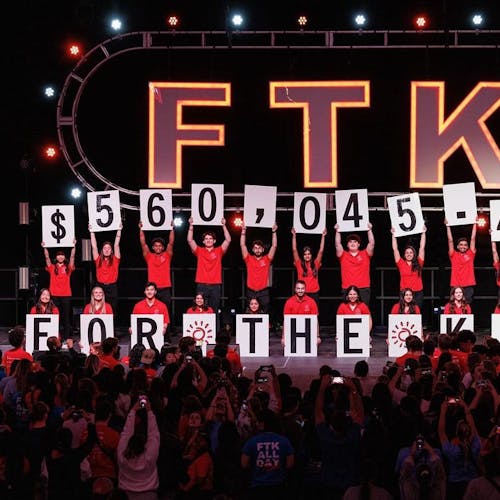We share web with bots just as much as people

It’s no great shock that there are bots on the internet. What many don’t realize is how much they influence how we interact with the web and its many facets.
The internet is a vast place that and, for the most part, is driven by metrics. On YouTube, advertisers look to promote on accounts and videos that are estimated to receive a lot of views. The same goes for Instagram, Twitter, Facebook, Snapchat and other social media platforms.
Bots made up approximately 37.9% of all internet traffic in 2018, according to Distil Networks, a software company dedicated to bot mitigation. Let’s say that a YouTube account run by a famous influencer racks up close to 5 million views per video and they have nearly 10 million subscribers. If this influencer is signed up on the YouTube Partner Program, then they can earn money based on views or advertisement clicks.
Let’s say that the influencer gets paid $0.18 for every thousand views. If a video gets 5 million views, then the influencer will be making around $900 just on that video.
PewDiePie, one of the most popular YouTubers, has a video with 216 million views. Based on the view payment system, he’s made around $38,880, just on that single video.
How does this relate to bots? Well, if we follow the report estimate, then close to 40% of those views are fake and the advertisers in a sense lose money because they’re losing potential product exposure which leads to a reduction in potential customers.
Overall, this isn’t bad for influencer because they still get paid, but the advertisers and companies aren’t so lucky.
These fake metrics aren’t only present on YouTube, but also they can span across every single website on the internet. Their potential for the most damage can be seen on social media, especially when it comes to politics and news.
Around two-thirds of the tweets on Twitter are generated by bots, according to Pew Research Center. If a fake article about President Donald J. Trump was posted by one of these bot accounts with a hashtag, within minutes, millions of other fake bot accounts could retweet it with the hashtag and make it a trending topic.
Unbeknown to your average human tweeter, they could add more fuel to the fire by sending out a tweet based off of the hashtag and further spur the spread of the fake article.
So what does this all mean for the real people on the internet? It means that we all need to re-evaluate how much power we give everything that we see on the web, especially social media. We can never take what we see and read on the internet as the whole truth without doing research first.
It also means that we, as human beings, can’t let the metrics that we see on the internet make us think less of ourselves. Social media has a strong influence over people. We can become obsessed with how many likes, followers and views that we have, and not only do these metrics not determine your worth, but also many of the social media influencers that we see can actually have less real followers than advertised.
That means that Jake Paul’s 12.4 million Instagram followers can actually be 7.4 million real people, maybe even less than that, as bot distribution can vary for each platform.
Some may be worried about these internet invaders. Approximately 20% of all bots on the internet are malicious, according to Distil Networks. Many of these bots are targeted toward large companies, but some are geared toward the average consumer.
The safest line of defense for the average consumer against these bots is to be careful. If an advertisement or a website link looks questionable, don’t click on it. If you do, you risk infecting your computer and all of your content. Of course, you can buy malware protection, but that can be expensive and likely unnecessary.



